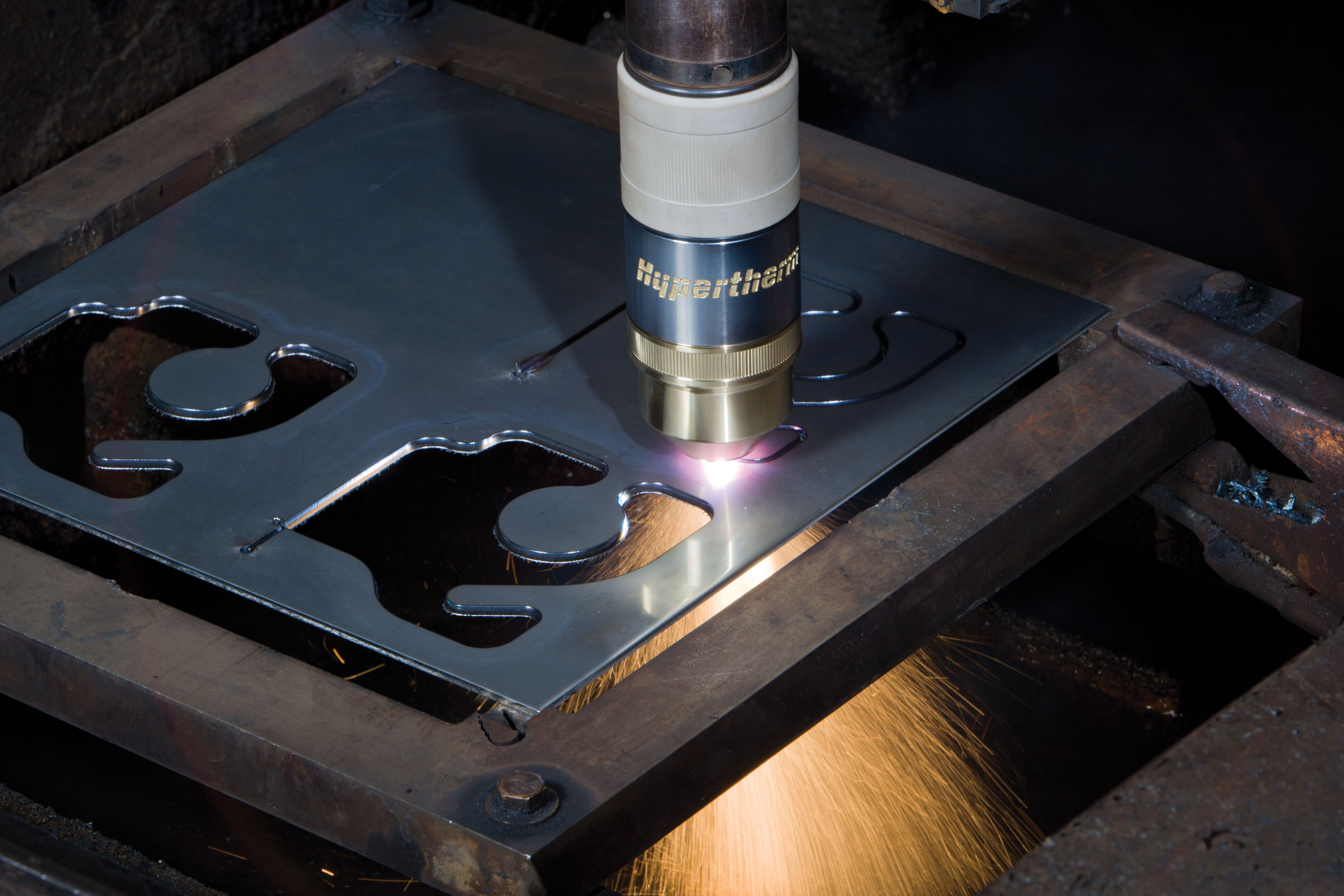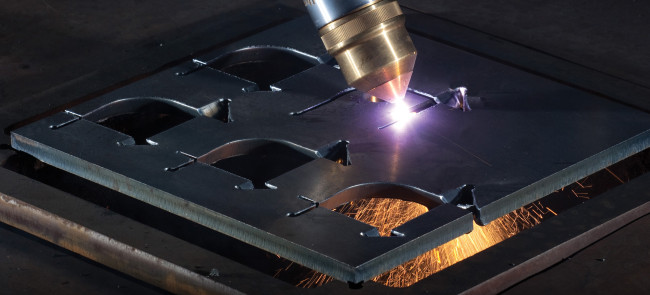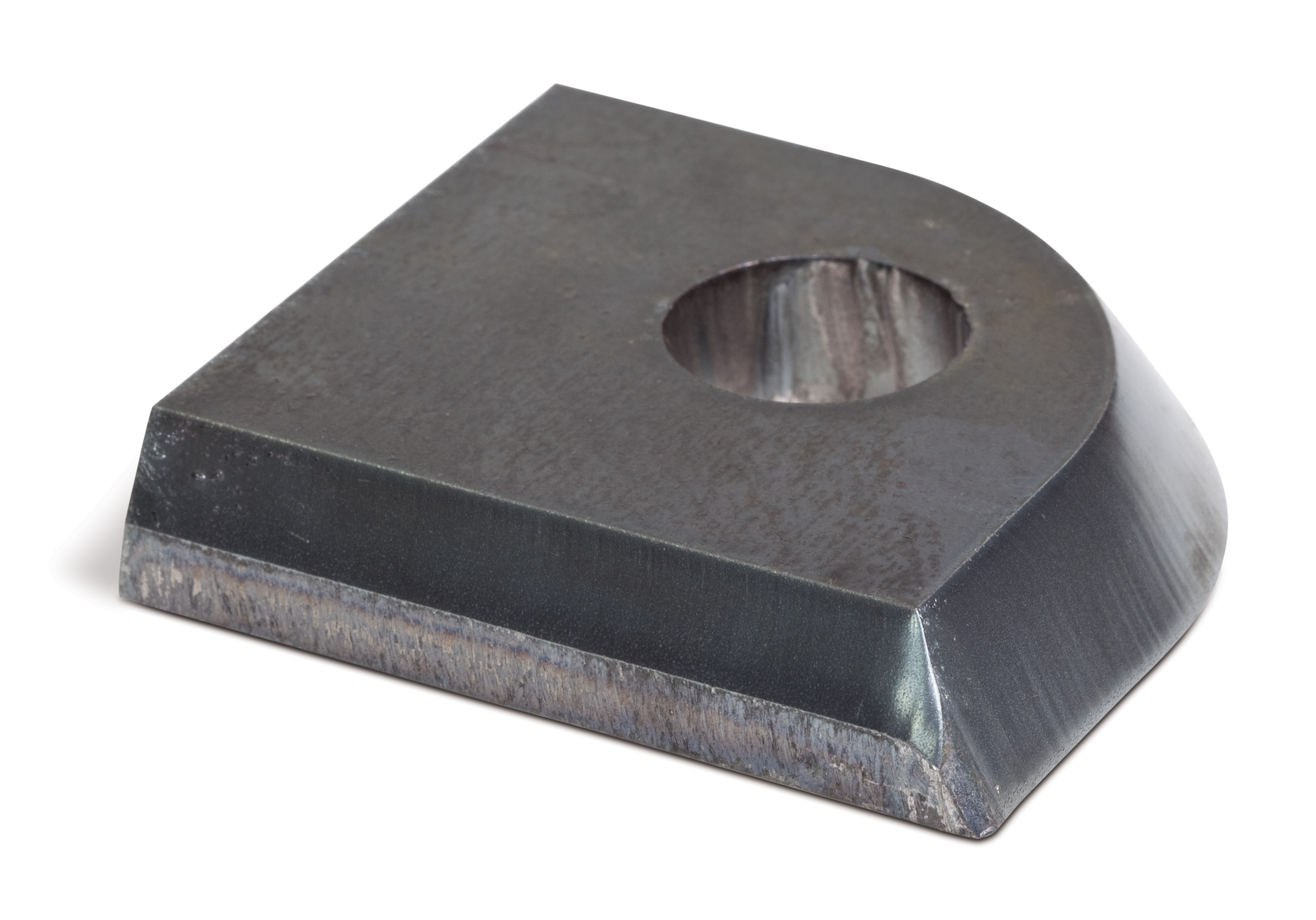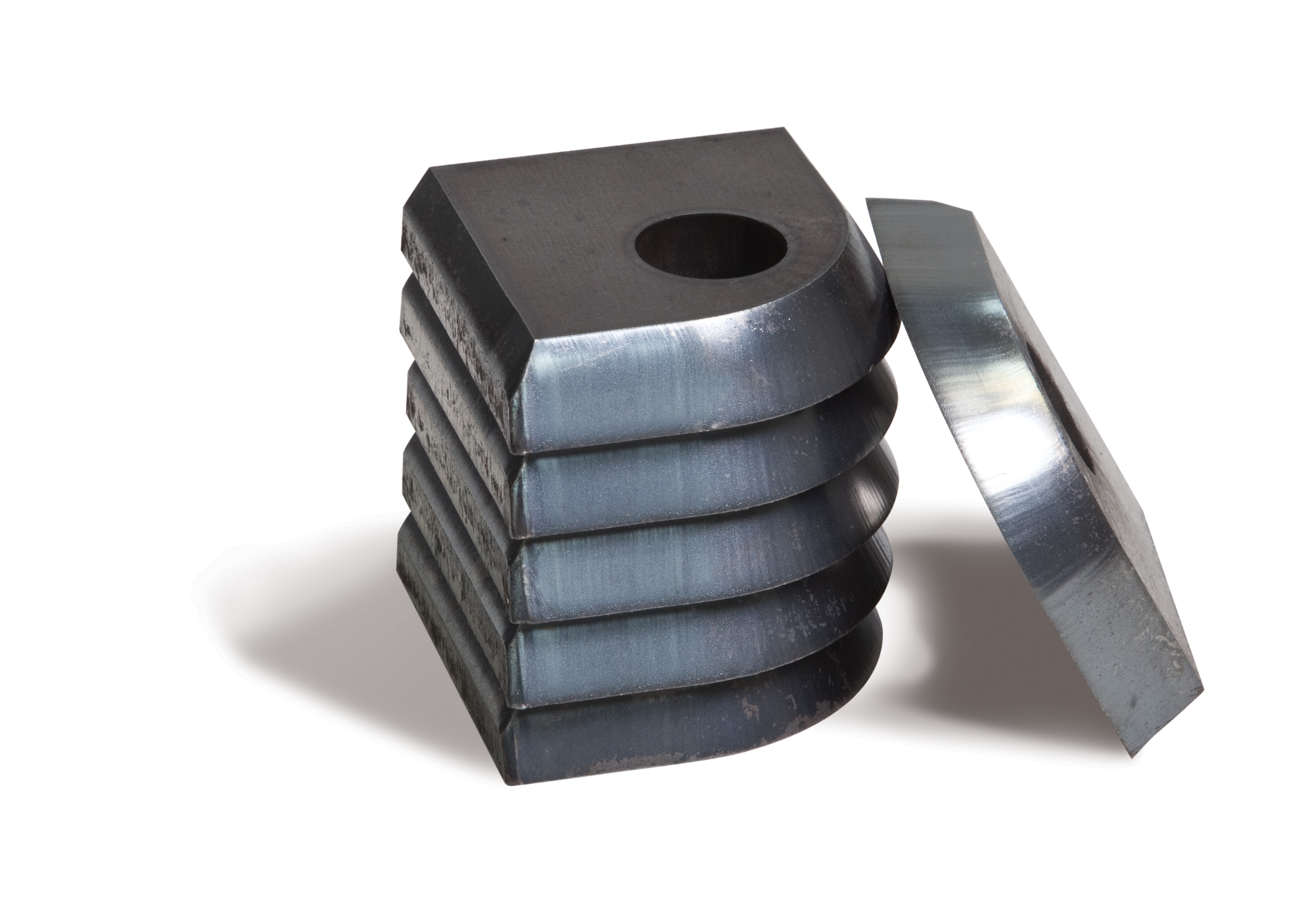In the Market for a CNC Plasma Cutting Machine?
Technology can make it difficult to choose the proper system to best fit your current application and also meet your future needs. Here are some important considerations that will help you make the correct selections for your application.
Posted: March 28, 2013
The CNC plasma cutting machines that take a digital part drawing then quickly and accurately produce either one part or thousands of parts from it in rapid succession have come a long way in the past ten years. So many choices are now available regarding machine sizes, prices, performance, options and manufacturers that it can be difficult choosing the proper system to best fit your current application and also meet your future needs.
This gets even tougher when considering the wide variety of plasma cutters designed to be the cutting tool that rides on the CNC machine. they range from a small 40 amp air plasma system, barely the size of a two-slice toaster but boasting the power to cut through ½ in thick steel, up to an 800 amp system that can slice through 6-1/4 in stainless with ease.
To cut through this clutter let’s outline the basic types of machines on the market today, with rough estimates of their purchase prices, intended capabilities, cut quality and productivity expectations. The intent here is not to define the exact CNC machine for your application, but help narrow down your choices.
Almost all CNC plasma machines use a PC-based industrially hardened control that is as easy to operate as a personal computer or laptop. In fact, lower cost entry-level machines actually use a PC or laptop. A CAD drawing file is downloaded into specialized computer assisted manufacturing (CAM) software that quickly converts the CAD drawing into the necessary machine code that is wirelessly loaded into the CNC computer or manually loaded with a USB thumb drive.
The CNC operator panel can be intuitive to the degree that almost anyone who checks their email can figure out how to operate it. Now look at the available choices:
THE PLASMA CUTTING SYSTEM
To choose the correct cutting process, first go back and review “Plasma Cutting: Versatile for Both Manual and Mechanized Cutting Applications,” which outlines the three basic types of plasma cutters that are used on CNC machines and provides a fair idea of accuracy and capabilities of each.
A wide range of air plasma systems are most often used for entry level (low cost) CNC machines, from 100 percent duty cycle industrial machines that make fast, highly productive work of the lower tolerance jobs, to high definition class plasma cutters that produce the most accurate parts at the highest production rates at the lowest cost per foot of cut.
These plasma systems are often separated by the budget: an air plasma system, while less productive and accurate, is often considered “good enough” once it is discovered to be a fraction of the cost of a high definition class system.
THE CNC MACHINE: ELECTRICAL, MECHANICAL PERSPECTIVES
Here we will list some basic classes of machines based on their design and construction, but please note that many machines borrow some features from one class along with more features from another class.
Entry Level CNC Machines
These machines are typically defined by their low prices. Any CNC plasma cutting machine that can be purchased for less than $20,000 certainly fits in this category and will often have the following type of construction and equipment:
– Generally produced from off-the-shelf structural tubing or aluminum extrusions. General lightweight construction that is delivered unassembled to keep shipping costs down.
– The motion control guideways are typically low cost V-rail and rollers, flat bar with cam bearings, or use simple cam bearings that ride on structural tubing.
– Most often the drive motors and gear reduction will use stepper motors as well as belt reduction in order to get the correct speed and torque characteristics to meet the speed range requirements of plasma.
– A universal motion control software that is used in a variety of CNC applications such as routers, CNC mills, lathes, etc. is often used as the operating software for these systems.
– A standard office PC or laptop is used as the CNC control. On many machines the USB port on these computers is the interface with the motion control electronics, although some machines use a parallel port for more sophisticated bi-directional communications (normally used if servo drives are on the machine instead of stepper drives).
– Often the buyer is in charge of designing and building a fume control system, either a downdraft-ducted system or a simple water tray are the normal methods.
These entry level machines usually have options such as height control (necessary!), better software packages for CAM and CAD, plate marker attachments, etc. The primary market for these machines are hobbyists, small welding and fab shops, metal artists, maintenance shops, etc.
Do not expect the highest levels of productivity with these machines. However, with a good quality plasma cutter the cut quality capability of these machines is surprisingly good, especially on steel. Accuracy in the ±.020 in range and thickness of 1 in and under range are commonly experienced. This market is rapidly growing, and plasma CNC machines are showing up in homeowner/ hobbyist garages all over North America!
Mid-Level Industrial Machines, HVAC Machines
These machines come in a wide range of sizes, typically from a 5 ft x 10 ft cutting area to as much as 8 ft x 24 ft. Prices range from $25,000 to $70,000:
– Machines usually are delivered completely assembled and have either a full downdraft or water table fume control capability.
– CNC control is be an industrial-hardened PC designed specifically for use in this industry with their own internal motion control software that can accept a machine code file from a CAM nesting software package or can accept a CAD drawing file (.dxf) directly.
– Height control is standard and is of the high precision industrial variety.
– Typically an industrial 100 percent duty cycle plasma will be used on this type of machine, although many are equipped with the best brands of air plasma systems, especially if the systems are used for high speed thin material cutting, such as HVAC ductwork.
– Motion guideways are most often THK-style recirculating ball bearing ways, with servo drives and planetary gearboxes adding to the accuracy capability of this class of machine.
– Construction is of heavy steel and aluminum for lightweight moving parts and for long life in a high duty cycle industrial environment.
– These machines are typically equipped with one plasma torch, occasionally up to four oxyfuel torches as well as a plate marker system. Occasionally this class of machine will be equipped with a high definition class plasma, although that often gets the machine near its upper limit in regards to price classification.
– Productivity and cut part accuracy, as well as long-term reliability, are the reasons to step up to this class of machine from the entry level class.
These mid-level machines are very robust, have the ability to produce a high volume of parts that can be in the ±.020 in cut part accuracy range or better. The more advanced versions use touch screen-based CNC controls that are extremely easy to learn and easy to use, making every operator an expert.
Large companies are now using this size machine in multiple plant locations to keep the cutting work closer to the final fitment and welding operations, as opposed to using very large cutting machines in one remote location.
Large, Industrial High Definition Class Machines
These machines are industrial workhorse machines with a wide range of capabilities and options. Sizes start at about 8 ft x 24 ft (cutting area) up to shipyard machines with cutting areas up to 40 ft wide x 300+ ft long. Most are normally equipped with two to four high definition class plasma systems as well as up to 16 oxyfuel torches. Prices start at $120,000 and can climb to nearly one million dollars:
– Machines use the best quality touch screen, Windows-based CNC controls as easy to operate as any, yet able to control up to four plasma torches simultaneously, taking control of all gas flow and height control parameters.
– These machines can typically be equipped with full rotating bevel head capability that can allow contour bevel cutting at up to 45 deg. Bevel programming is incredibly easy with this latest technology.
– Attachments are available for full square and round pipe cutting and coping as well.
– On many of these machines precision ground and hardened rails are installed on the factory floor and leveled. The cross axis rides on large recirculating ball bearing rails. Helical gears are often used on the rack and pinion drives to minimize backlash, precision planetary gearboxes as well a inertial match AC brushless drives are used for high acceleration and excellent performance on these large machines.
These machines are designed for long-term use inside a high production facility, with a typical expected usage for more than 20 years. Modern drive technology allows these large machines to cut with the same or better levels of accuracy as seen on smaller precision machines. Automatic raise/lower water tables and self-cleaning zoned downdraft cutting tables are the norm for fume control.
Over 85 manufacturers build CNC cutting machines worldwide, with many capabilities and sizes and prices, as well as many different plasma cutter choices to be used as the cutting tool. Neither plasma cutting and CNC cutting machine technology have been stagnant over the last 5-10 years. If you have a machine tool outside of that age range, you might look at the current technology that is available to improve productivity, reliability, ease of use and drastically reduce your shop floor cutting costs!



















